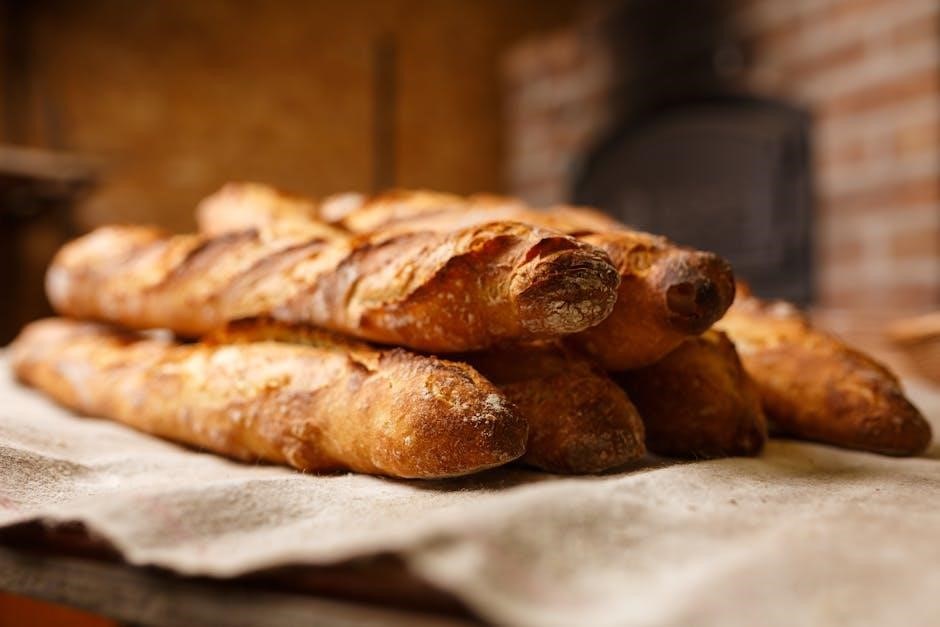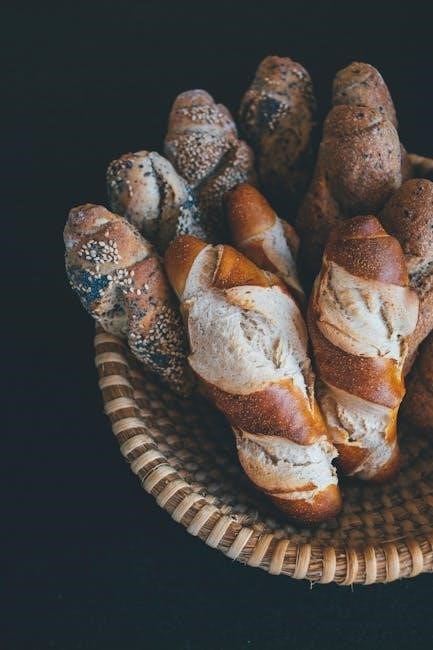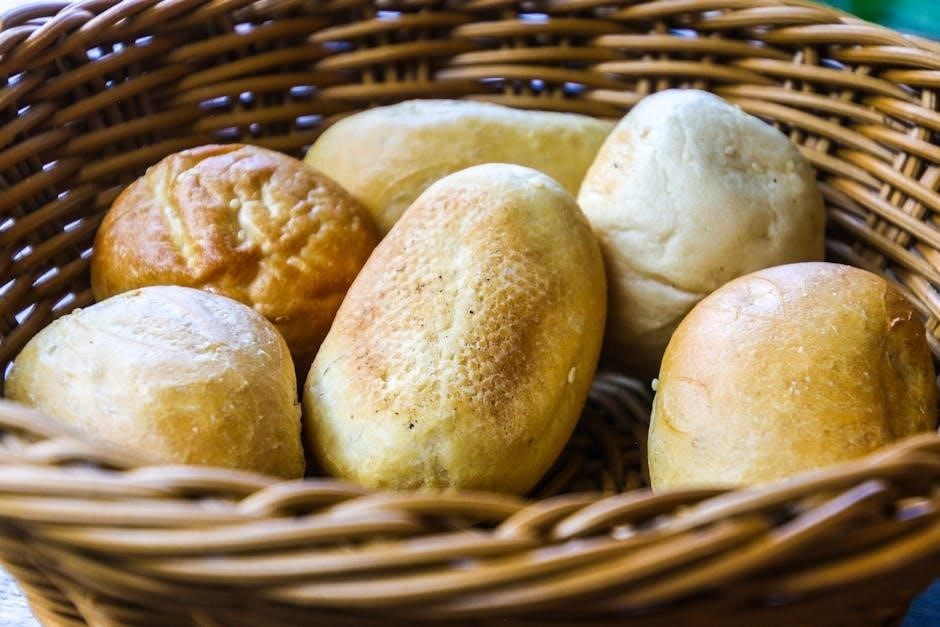yeast free food list pdf
- Published
- in United Kingdom
Yeast-Free Diet: An Overview
Embarking on a yeast-free diet involves understanding which foods to avoid and which to embrace. This dietary shift often aims to reduce yeast overgrowth, like Candida, by limiting its food source.
Understanding the Yeast-Free Diet
The yeast-free diet is designed to minimize the intake of foods that either contain yeast or promote its growth within the body. This dietary approach is often adopted by individuals seeking relief from conditions like Candida overgrowth, also known as thrush, where yeast levels become imbalanced. Understanding the principles of this diet involves recognizing that certain foods, especially those high in sugars and carbohydrates, can act as fuel for yeast, sustaining and encouraging its proliferation.
Therefore, a successful yeast-free diet necessitates careful attention to food labels and a willingness to eliminate or significantly reduce the consumption of these problematic items. Conversely, the diet emphasizes the inclusion of foods that naturally inhibit yeast growth or support a healthy gut microbiome, such as non-starchy vegetables and lean proteins. Ultimately, the goal is to create an internal environment that is less hospitable to yeast, thereby restoring balance and alleviating associated symptoms. It is important to note that consulting with a healthcare professional is always recommended before starting any restrictive diet.

Foods to Avoid on a Yeast-Free Diet
Following a yeast-free diet requires vigilance. Many common foods, including those with added sugars, yeast-containing products, and processed items, must be restricted to help starve Candida and restore balance.
Sugars and Sweeteners
One of the most critical aspects of a yeast-free diet is restricting sugars and sweeteners. Yeast thrives on sugar, so eliminating sources of added sugar is paramount. This includes obvious culprits like soda, candy, pastries, and cookies, which are loaded with refined sugars that can fuel yeast overgrowth.
Furthermore, be mindful of less obvious sources. Fruit juices, even those marketed as healthy, can contain high concentrations of natural sugars. Similarly, many processed foods have hidden sugars added to enhance flavor. Carefully scrutinize food labels for ingredients like sucrose, glucose, fructose, and corn syrup.
Honey, maple syrup, and agave nectar, while often considered natural alternatives, should also be avoided due to their high sugar content. Artificial sweeteners are permissible for some, but it’s wise to monitor your body’s reaction, as some may cause digestive upset. The goal is to minimize all forms of sugar intake to create an environment less conducive to yeast proliferation.
Foods Containing Yeast
A cornerstone of the yeast-free diet is, naturally, avoiding foods that contain yeast. This extends beyond the obvious culprits like bread, pastries, and other baked goods made with yeast. Many commercially produced breads rely on yeast for their characteristic rise and texture, making them unsuitable for this dietary approach.
However, yeast can also be found in less expected places. Certain condiments, such as vinegar (including balsamic and apple cider vinegar), often contain yeast or are produced using fermentation processes involving yeast. Similarly, alcoholic beverages like beer and wine are definite no-nos due to their yeast content.
Furthermore, be cautious of fermented foods like cheese, which may harbor yeast cultures. Even seemingly innocuous items like some soy sauces and certain processed meats can contain yeast extracts or byproducts. Scrutinizing food labels is crucial to identifying and eliminating these hidden sources of yeast from your diet, ensuring a more effective approach to managing yeast-related issues.
Processed Foods and Additives
Navigating a yeast-free diet requires vigilance regarding processed foods and additives. Many processed items contain hidden sugars, starches, and preservatives that can inadvertently feed yeast overgrowth in the body. Be wary of packaged snacks, pre-made meals, and convenience foods, as they often include ingredients like dextrose, maltodextrin, and modified food starch, which can contribute to yeast proliferation.
Furthermore, certain additives, such as citric acid (derived from corn, which can harbor mold) and artificial sweeteners, may also exacerbate yeast-related issues in sensitive individuals. Reading food labels meticulously is essential to identify and avoid these problematic ingredients. Opt for whole, unprocessed foods whenever possible to minimize exposure to potentially harmful additives and hidden sugars.
Preparing meals from scratch using fresh ingredients allows for greater control over what you consume, ensuring a truly yeast-free approach. Prioritizing minimally processed options and steering clear of artificial additives can significantly enhance the effectiveness of a yeast-free diet in promoting overall well-being.

Foods Allowed on a Yeast-Free Diet
A yeast-free diet doesn’t mean deprivation. Focus on fresh vegetables, lean proteins, and certain grains. These provide essential nutrients while limiting yeast-feeding ingredients. Embrace variety and creativity in your meals.
Non-Starchy Vegetables
Non-starchy vegetables are a cornerstone of a yeast-free diet, offering essential nutrients and fiber while being low in sugars that feed yeast. These vegetables starve the Candida of the sugar and mold diet that sustains it. Incorporate a wide variety of these into your meals to ensure you’re getting a range of vitamins and minerals.
Good choices include artichokes, asparagus, avocados, beets, bok choy, broccoli, Brussels sprouts, cabbage, carrots, cauliflower, celeriac, green beans, horseradish (additive-free), jicama, kohlrabi, leeks, lettuce (all types), microgreens, okra, onion, parsley, peppers (all types), radicchio, radishes and salsa.
Consider adding vegetables like cauliflower, Brussels sprouts, and cucumber to your meals for variety. The more varied your selection, the better your nutritional intake and the more enjoyable your yeast-free journey will be. Remember to choose fresh, whole vegetables whenever possible to avoid hidden additives or sugars.
Proteins
Proteins play a vital role in a yeast-free diet, offering essential amino acids without contributing to yeast overgrowth. Proteins are almost completely free of sugars and mold, making them a filling and safe option. Include a variety of lean protein sources in your daily meals to support overall health and satiety.
Excellent choices include fish, poultry, nuts and legumes. Be mindful of preparation methods; avoid breading or sugary marinades. Opt for grilling, baking, or steaming to keep your protein sources yeast-free.
When selecting protein sources, prioritize fresh, whole foods over processed options. Read labels carefully to ensure there are no hidden sugars or yeast-containing ingredients. Incorporating a variety of protein sources can help you maintain a balanced diet and support your body’s needs while adhering to the principles of a yeast-free eating plan. Remember to consult with a healthcare professional for personalized dietary guidance.
Grains and Alternatives
Navigating grains on a yeast-free diet requires careful consideration. Many traditional grains, particularly those leavened with yeast, are off-limits. However, several alternatives can provide essential nutrients and fiber.
Consider yeast-free breads such as soda bread, corn tortillas, and rye crispbreads. These can replace conventional bread in your meals. Explore grains like buckwheat, amaranth, and quinoa, which are naturally gluten-free and yeast-free.
When choosing grains and alternatives, always read labels meticulously. Look for hidden sugars or yeast-derived ingredients. Opt for whole, unprocessed grains whenever possible. Experiment with different recipes to incorporate these alternatives into your diet creatively.
Remember, moderation is key, even with yeast-free grains. Pay attention to your body’s response to different grains and adjust your intake accordingly. Consulting a nutritionist or dietitian can help you personalize your grain choices and ensure a balanced, yeast-free diet that meets your individual needs.

Grocery Shopping Tips for a Yeast-Free Diet
Navigating the grocery store requires diligence. Scrutinize labels for hidden yeast, sugars, and additives. Focus on fresh produce, lean proteins, and approved grains. Plan meals and create a detailed shopping list.
Reading Food Labels Carefully
Embarking on a yeast-free diet necessitates a meticulous approach to grocery shopping, emphasizing the critical importance of reading food labels with unwavering attention. Many seemingly innocuous products harbor hidden sources of yeast, sugars, or additives that can undermine your dietary efforts. Become a label-reading expert, scrutinizing ingredient lists for telltale signs of trouble;
Be vigilant for ingredients like “yeast extract,” “autolyzed yeast,” or “brewer’s yeast,” which are direct indicators of yeast content. Furthermore, be wary of sneaky sugars, often disguised under names like “high fructose corn syrup,” “dextrose,” “maltose,” or simply “sugar.” These sugars fuel yeast growth and should be minimized.
Processed foods often contain hidden culprits, so prioritize whole, unprocessed options whenever possible. Pay close attention to sauces, dressings, and condiments, as they are notorious for containing added sugars and yeast-based ingredients. Opt for homemade versions or carefully select brands with minimal ingredients.
Remember, thorough label reading is your shield against inadvertently consuming yeast-containing or sugar-laden products. This practice empowers you to make informed choices that support your yeast-free lifestyle, fostering better health and well-being. Always prioritize fresh, whole foods and be a detective in the grocery aisle!

Sample Yeast-Free Meal Ideas
Navigating a yeast-free diet can feel restrictive initially, but with a little creativity, you can enjoy delicious and satisfying meals. Here are some sample meal ideas to inspire your culinary journey:
Breakfast: Start your day with a protein-packed smoothie made with unsweetened almond milk, spinach, protein powder, and berries. Alternatively, opt for scrambled eggs with avocado and a side of non-starchy vegetables like sautéed mushrooms or asparagus.
Lunch: A hearty salad with grilled chicken or fish, mixed greens, cucumber, bell peppers, and a lemon-tahini dressing makes a refreshing and nutritious lunch. You could also prepare a vegetable soup, ensuring it’s free from yeast-containing broth or added sugars.
Dinner: Enjoy baked salmon with roasted Brussels sprouts and quinoa for a balanced and flavorful dinner. Another option is a stir-fry with lean protein (chicken, tofu, or shrimp), non-starchy vegetables, and coconut aminos instead of soy sauce.
Snacks: Reach for a handful of raw almonds or walnuts, a celery stick with almond butter, or a small serving of plain yogurt.
Remember to focus on fresh, whole foods and experiment with different flavors and combinations to keep your meals exciting and enjoyable. With a little planning, you can create a variety of delicious and satisfying yeast-free meals.
